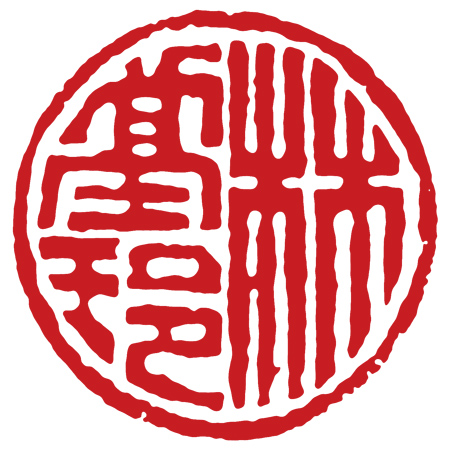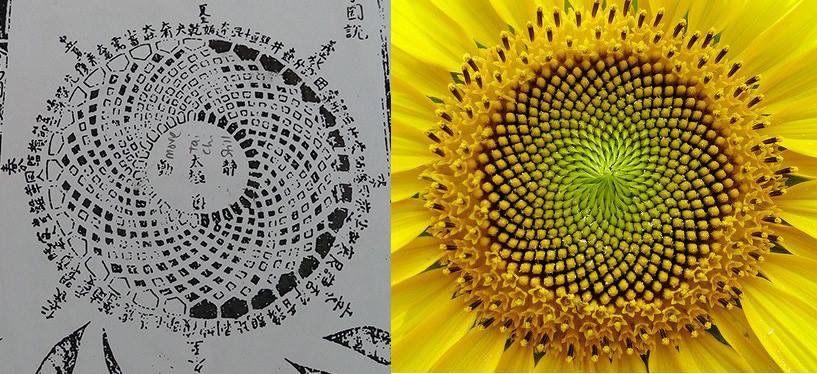My mountains are on fire. I watch the hungry flames lick at my familiar skyline. Fire trucks zip up and down our canyon road as helicopters wheel overhead. I smell smoke, and know what comes next: weeks of gray skies raining ash, then months to years of barren blackened slopes and tree stumps where yesterday I petted my favorite sages and lingered under expansive old oaks.
This is California now, as it has always been: a landscape shaped in constant conversation with fire. Where fires used to roam freely, waking serotinous seeds that wait for the fiery heat to burst open their seed cases and rejuvenate the landscape, now humans, houses, and other anthropocentric technologies seek to dominate. Fires still burn. We suffer the repercussions of what and how we’ve created and destroyed.
As we experience earlier, longer, more unpredictable– and oftentimes more devastating– fire seasons, we collect stories, smoke, and sorrow in our chests, lungs, and bodies. Perhaps we or someone we know has lost a home– or even a loved one. Perhaps we inadvertently inhale smoke and ash that create a short-term burden on our system, that may spark long-term damages.
How do we prepare and adjust to our planet’s rapidly shifting climate, manifest here in California and other fire-prone areas, as life-giving destruction?
Prepare A Run-Bag
If you live in a fire-prone area, then prepare a run-bag of important items before the drier and hotter weather heralds fire season. Include:
Important documents
N95 face masks
Food and water
First aid kit (including necessary medications and herbal allies)
For a longer evacuation: Warm clothing, basic toiletries, and other necessities
Also consider:
If you have an indoor place to stay, then keep doors and windows closed. Maintain good air circulation with an air filter, and keep your spirits up with fresh food, supportive herbs, and gentle music. Breath-focused meditations, drawing, writing, and other calming strategies can be helpful in maintaining internal equilibrium.
Common Symptoms of Wildfire Smoke Inhalation
Proximity to a wildfire emergency can create fear, confusion, and other psychological manifestations of stress. Exposure to wildfire smoke can also cause a number of physiological symptoms impacting the nervous, respiratory, integumentary and other body systems. Symptoms may include:
Coughing
Headaches
Dry skin
Difficulty breathing
Sinus irritation
Eat well
Remember to hydrate extra! Drink more water, tea, and soup to help flush and rehydrate your body. Include antioxidant-rich foods like citrus and berries. Enjoy cooling and clearing fresh fruits and vegetables like cucumbers and watermelon. Savor colorful salads and ferments, and add just a little extra salt and healthy fats. Include moistening foods like mushrooms and seaweeds in your soups, and remember to sit down and slowly enjoy your meals, even amidst potential chaos and confusion.
Herbs to support Fire Response and Recovery
Focus on herbs specific to what you are experiencing, and/ or body systems typically impacted for you.
Many mint family plants (Lamiaceae) are aromatic and adaptive to various purposes, such as easing tension, opening stuck nasal passages, and soothing inflamed respiration.
Mint family expectorants to help move gunk out of the throat:
Rosemary leaves (Rosmarinus officinalis)
Sage leaves (Salvia spp.)
Horehound leaves (Marrubium vulgare)
Mint family nervines for soothing stress:
Tulsi leaves (Ocimum sanctum)
Skullcap leaves (Scutellaria spp.)
Lemon balm leaves (Melissa officinalis)
Lavender flowers (Lavandula spp.)
Some other nervines to reduce stress during what can be an unpredictable time include:
Oat tops (Avena sativa, Poaceae)
Chamomile flowers (Matricaria chamomilla, Asteraceae)
Rose petals/ buds (Rosa spp., Rosaceae)
Passionflower leaves (Passiflora spp., Passifloraceae)
Mallow family (Malvaceae) demulcents can help soothe parched mucous membranes like dry skin, throat, or nose. Prepare as a cold infusion, perhaps with a little squeeze of lemon or other citrus, and some honey or maple syrup.
Marshmallow root (Althaea officinalis, Malvaceae)
Linden leaves (Tilia spp., Malvaceae)
Hibiscus flowers (Hibiscus spp., Malvaceae)
Some corrigent demulcents that can help unify and flavor formulas:
Licorice root (Glycyrrhiza glabra, Fabaceae)
Cinnamon bark (Cinnamomum spp., Lauraceae)
Respiratory and immune system tonics:
Mullein leaf (Verbascum spp., Scrophulariaceae)
Usnea lichen (Usnea spp., Parmeliaceae)
Elderberries (Sambucus nigra, Adoxaceae)
Echinacea root (Echinacea spp., Asteraceae)
Adaptogens to help support innate immunity and respond to adversity with grace:
Astragalus root (Astragalus membranaceus, Fabaceae)
Cordyceps fungus (Cordyceps militaris, Cordycipitaceae)
Codonopsis root (Codonopsis pilosula, Campanulaceae)
Lymphatics:
Red clover blossoms (Trifolium pratense, Fabaceae)
Calendula flowers (Calendula officinalis, Asteraceae)
Nettles leaves (Urtica spp., Urticaceae)
Cardiac support:
Hawthorn berries (Crataegus spp., Rosaceae)
Schisandra berries (Schisandra chinensis, Schisandraceae)
Herbal Preparations
Consider both internal and external applications of herbs to support your fire response and recovery process.
Internal preparations
You can take the herbs above as teas, cold infusions, tinctures, or honeys. Tinctures are easy to keep on hand for first aid, and in your run-bag. Teas are particularly helpful during fire season to increase hydration, and maintain small grounding rituals. You can also pack teas into your run bag, if you will have access to hot water. If preparing teas ahead of time for storage, then keep in a sealed container in a cool place. Honeys are lovely for a taste of medicinally infused sweetness during likely harrowing times.
Oils
Applying herbally infused oils topically not only soothes dry skin, but is also a grounding ritual to help maintain a sense of normalcy when the world is on fire. Consider calming herbs like lavender and vulnerary skin-repair herbs like calendula (Calendula officinalis, Asteraceae).
Complete your day with an herbally-infused oil massage before or after bathing, to let the oils soak in overnight.
Gently applying oil to the inside of your nose with a clean pinky finger or cotton swab before bed can be extra soothing to lubricate dry or smoky nasal passages.
Water
Keep rose, mint, and other hydrosols in your fridge for misting on your body throughout the day. Keep some in your run-bag as well, for some medicinal botanical decadence during potential evacuations.
A neti pot or nasal rinse can help clear smoky accumulations from nasal passages. Follow with oil!
Take a bath with decongesting and calming herbs like lavender, eucalyptus, or chamomile. Soak in an infusion of the tea, or add a few drops of essential oils. If you don’t have access to a bathtub, then a foot soak can also be a lovely way to enjoy the therapeutic benefits of water during fiery times. Include herbs, and perhaps epsom salts too!
As climate change wreaks increasingly intense havoc, we must not only prepare for more and worse disasters, but also come together as an ecocentric human family to rectify our individual and collective actions to support a flourishing planet, and the health and well-being of all beings. May you continue breathing deeply and fully through both current and upcoming changes. May you share these botanical skills and strategies with your communities in heart-centered stewardship, mutual care, and radical compassion. May you breathe easily through fire season, and beyond.
*These statements have not been evaluated by the Food and Drug Administration. These products are not intended to diagnose, treat, cure, or prevent any disease. For educational purposes only.
Jiling Lin, L.Ac.
Jiling Lin is a Licensed Acupuncturist (L.Ac), herbalist, yoga teacher, multidisciplinary artist, and adventurer. Jiling’s integrative medical practice in Ventura, CA reconnects humans with the wild beauty of their inner and outer landscapes through nature, art, movement and ritual. She is faculty for the Esalen Institute, Balanced Rock Foundation’s Yoga Teacher training, and Artemisia Academy’s Herbal Apprenticeship Program. Find Jiling backpacking the Sespe, surfing at C-Street, and on JilingLin.com, Instagram @LinJiling, and Facebook @JilingLAc. Link up with more fire resources on her website at JilingLin.com/links.




.jpg)

.PNG)
.PNG)
.PNG)
.PNG)
